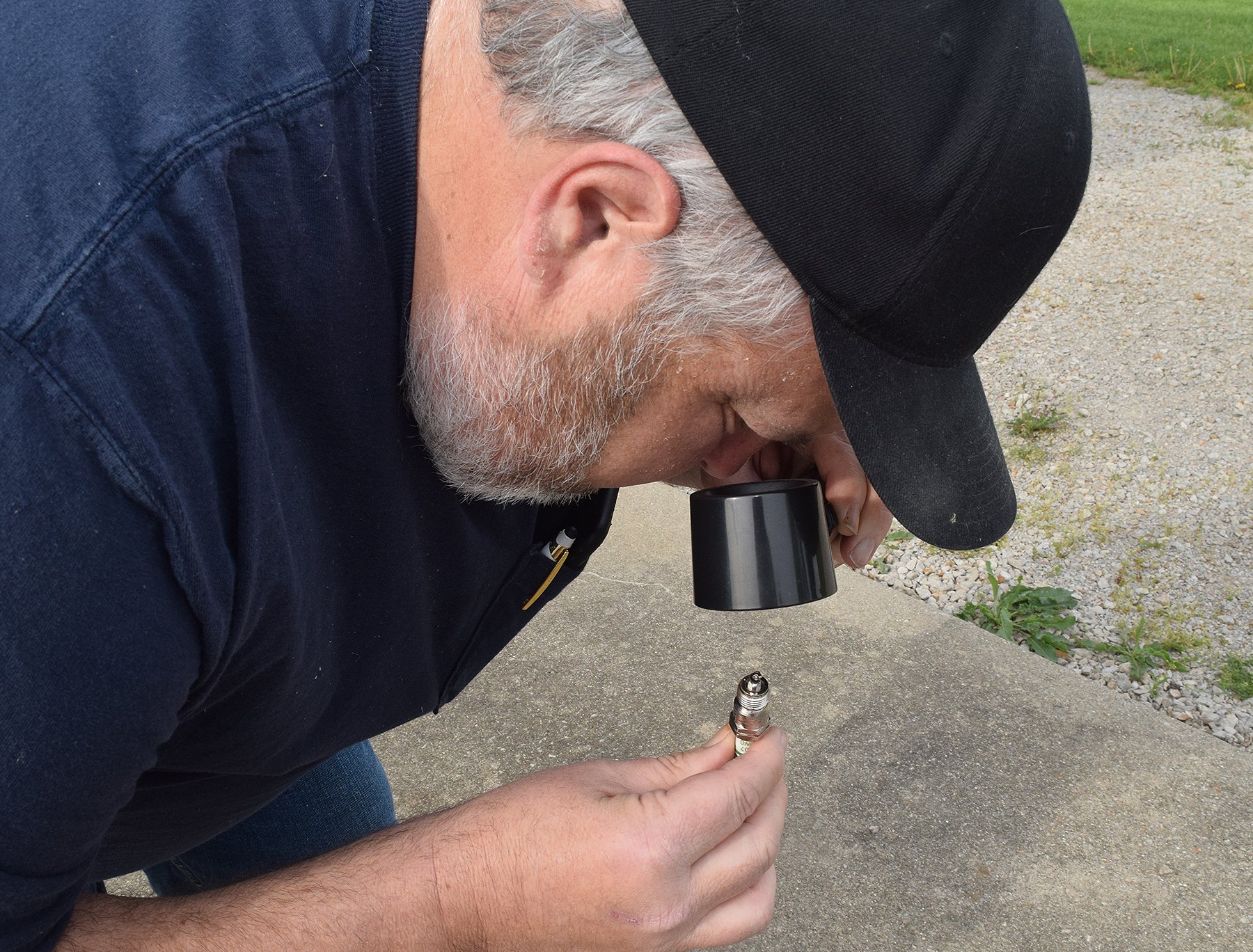kwanjangnihm
Moderator
A spark plug magnifier is an inexpensive tool to have at the track. They are lighted and have a typical 10x magnification that allows you to look closely for the slightest bit of coloring on the insulator and to easily inspect heat patterns.

https://www.enginelabs.com/engine-tech/ignition-electronics-efi/yes-spark-plug-tuning-critical-carb-cam-selection/

https://www.enginelabs.com/engine-tech/ignition-electronics-efi/yes-spark-plug-tuning-critical-carb-cam-selection/

